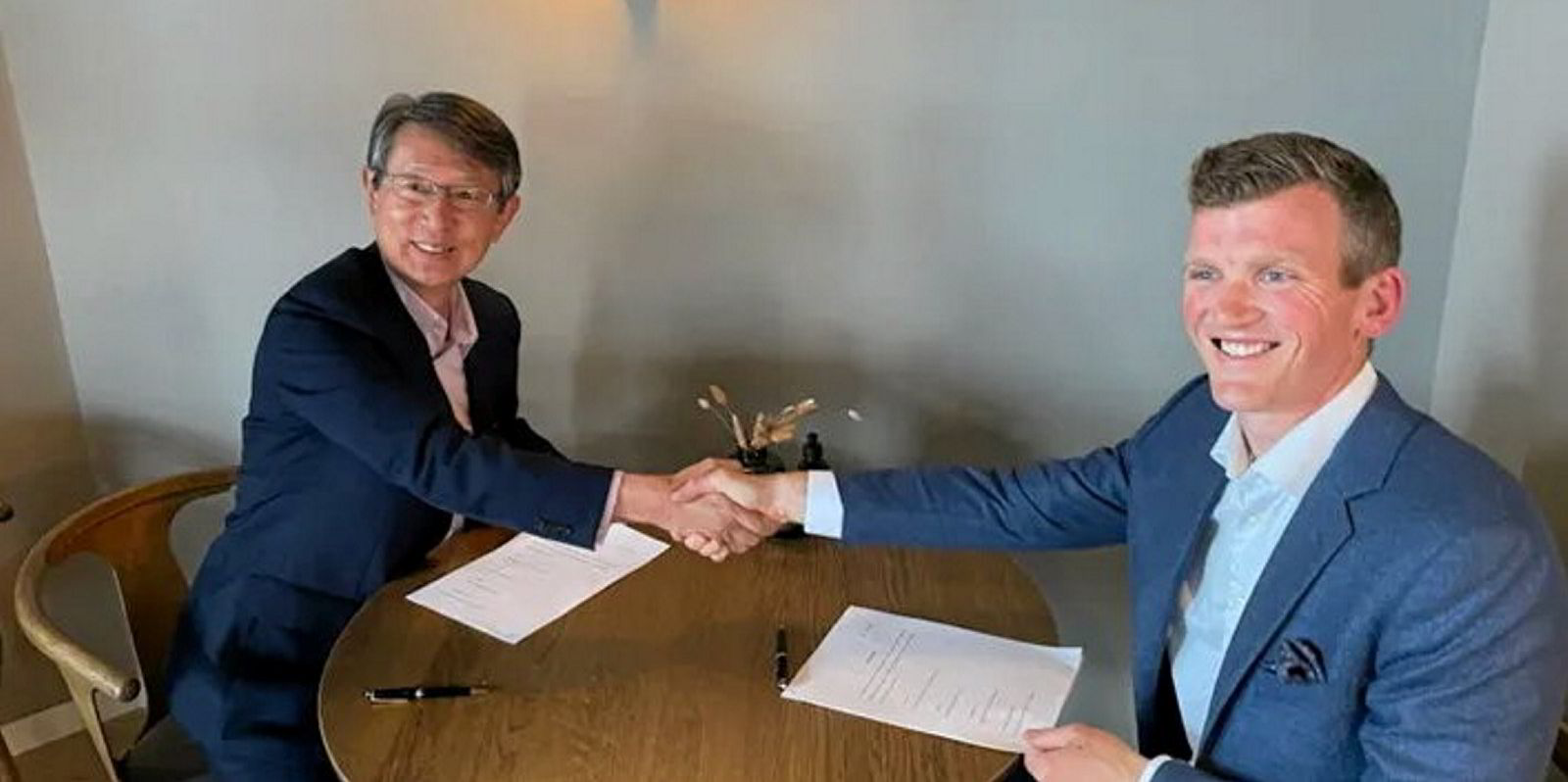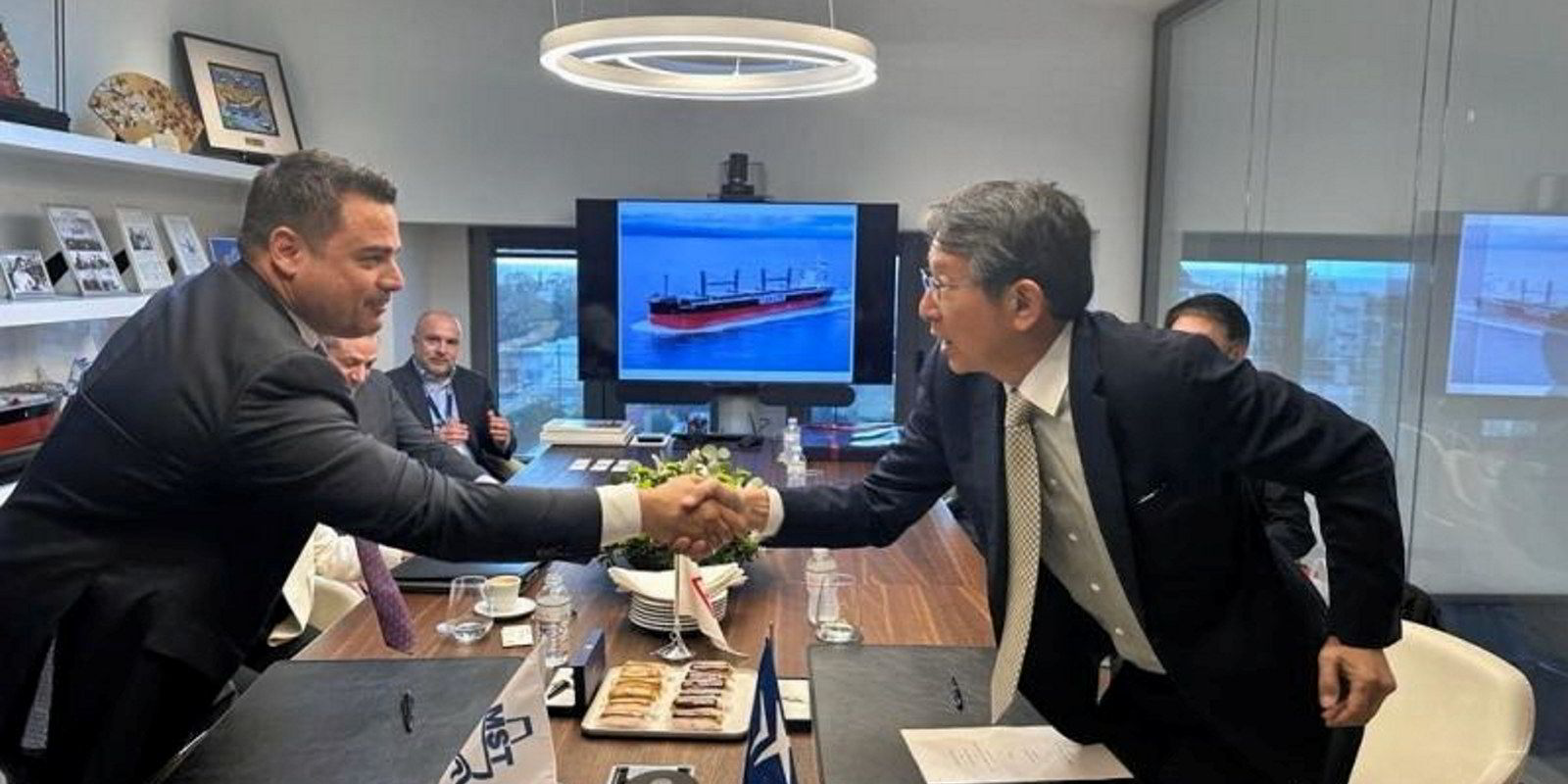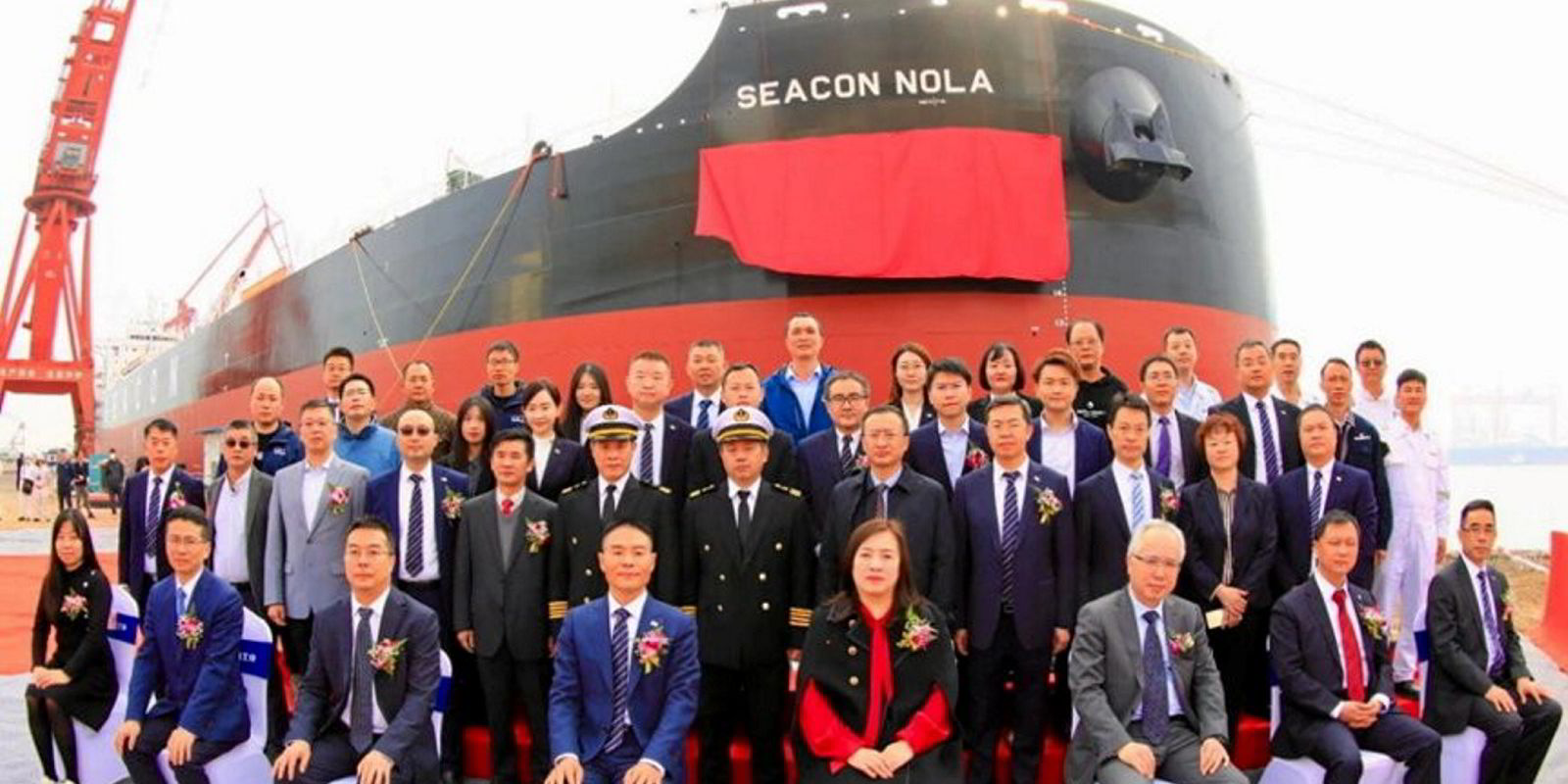A flurry of orders since spring has filled dock space at Japan’s bulk carrier shipbuilders through to mid-2026, with some yards snapping up slots into 2027.
The newbuilding rush has helped Japan’s medium-sized shipyards specialising in bulkers build the biggest order backlog since the boom years in the 2000s.
The deals come as yards seek to book in tonnage while prices and exchange rates are favourable.
Owners have moved to secure dock space in the face of an ageing fleet and in anticipation of a strong dry bulk market in the years ahead.
Although contracting levels are still seemingly modest — with Clarksons reporting that ordering is down 6% on last year — many of the deals have yet to be reported.
An Eastern Pacific Shipping order, involving up to four ammonia-ready capesizes of 211,000 dwt each at Japan Marine United and Imabari Shipbuilding, concluded late last year, is one such contract that has emerged recently.
The Singapore-based owner was able to secure early delivery slots in 2025, but it is unlikely those handover dates would be available today.
Other non-Japanese owners have also been active in Japan with JJ Ugland, Meadway Shipping & Trading, Wisdom Maritime and China’s Seacon Shipping among the names contracting there recently.
Although Japanese yards are generally viewed as pricier than their closest rivals in China, the build quality, specifications and prompt delivery are seen as advantages to ordering in the country.
The availability of finance from regional banks, and bareboat charter deals through local owners, have also been cited as an attraction that has helped overcome the price difference.
Selling off-market
There also appear to have been many Japanese owners and shipyards conducting off-market deals.
In one example, Tsuneishi Shipbuilding announced it had four methanol-fuelled bulk carriers on order at its Hiroshima-based shipyard to be chartered by Cargill.
However later, in an environmental, social and corporate governance disclosure, the yard revealed it had a total of 13 methanol-fuelled ships on order, indicating that its order backlog is much larger than first thought.
Out of 67 bulkers on order at Japan’s largest bulk carrier yard Oshima Shipbuilding, 28 are listed as contracted by “unknown” Japanese owners.

Japanese shipowners have had some difficulty in fixing long-term charters for newbuildings as operators are reluctant to commit to the rate levels owners require to cover their newbuilding costs.
One option has been for Japanese owners to order on a speculative basis, with the view that there is plenty of time to secure charters in the three years before delivery.
Although Japanese owners are not normally associated with speculative ordering, funding for the deals has been available through regional banks, which are keen to continue to grow further in ship finance.
Market reality
“Usually charter deals have to be in place for newbuildings to be completed, but the reality of the market today is that there are not many ready to commit to long-term charters that could be three years away,” commented one local broker.
In some instances, with the backing of Japanese banks, owners contracted ships based on shorter one or two-year charter deals.
Another factor that has encouraged Japanese yards to stretch the newbuilding orderbook into the future is the rise in dual-fuel ship orders.
These ships generally have a longer lead time and the procurement of engines must be done many years ahead compared with conventional marine fuel engines.
Japanese yard capacity is lower today than it was in the 2000s but more yard space may become available.
Oshima is planning to bring its new Koyagi Shipyard, which it acquired from Mitsubishi Heavy Industries, into operation this summer.
The dock is one of the largest in Japan and could provide additional capacity to soak up demand for early delivery slots in the country.





